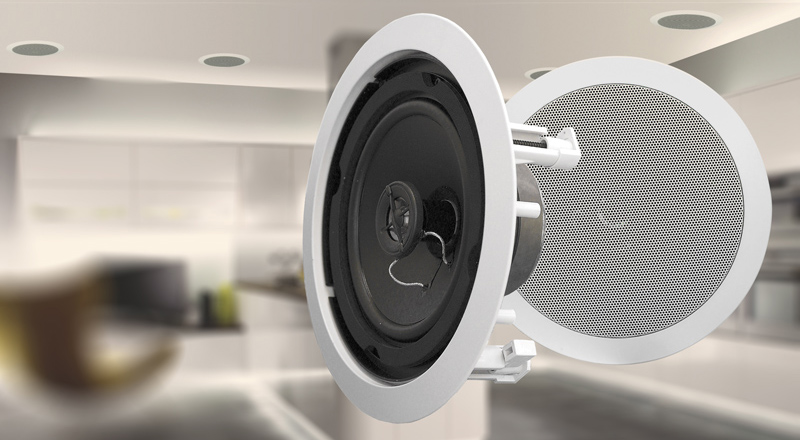Wall and Ceiling Speakers - Who Ever Thought Outstanding Audio Had to End up being Seen to Be Believed?
A recent trend in home cinemas is the use of both "in wall" and even "in ceiling speakers" that offer the listener the benefit for an extra dimension in their music listening experience, while storing the satellite loudspeakers themselves out of view and out of mind. The appeal of having speakers mounted in wall structure cavities is particularly appealing in modern apartments where a minimalist approach is applied. The fact is that without encroaching on room, some fantastic results are possible and are well within the means of the average home cinema owner
Unlike a normal presenter that is mounted in a cabinet, the diver of an in-wall or in-ceiling speaker is mounted in a frame that is set into the wall directly. What often happens is that you receive additional bass from the top product here wall structure itself that could be missing from a speaker of the same size. The only difference between an in-ceiling speaker and an in-wall speaker is usually that the in-wall speaker is situated in the wall and the in-ceiling speaker, the ceiling above. For some reason in-ceiling speakers are generally round and in-wall speaker rectangular in size.
When installing wall speakers, the most fundamental factor is the rigidity and size of the speaker space. It is important to complete the job properly or the frequency response of the overall system may be adversely affected.
The loudspeaker technology itself should be carefully considered too, although other than choosing a speaker set of a good size, mounted speaker sets are compared in exactly the same way as any other speakers. Factors to consider are: frequency reply, power handling, efficiency and features.
Probably the most crucial factor when setting up ceiling speakers is their positioning as this can directly affect the quality of the sound. Could may be true of just about any loudspeaker system, it applies more so for a threshold installation as it is difficult to change the position of the speakers once they've been set upwards. To offer for positional changes, many systems have used a pivotal bass device and tweeter. While a conventional in ceiling system will only direct the sound in a downward way, the ability to pivot speakers lets you focus the sound to suit your position in the room.
Whichever actual speaker system you conclusion up choosing, the features of a surround sound wall structure and ceiling speakers are clear, enabling you to enjoy top quality audio tracks output within a minimalist design blending seamlessly with your decor. The most obvious hint is a wall mounted grill that looks very discrete and is barely noticeable.
